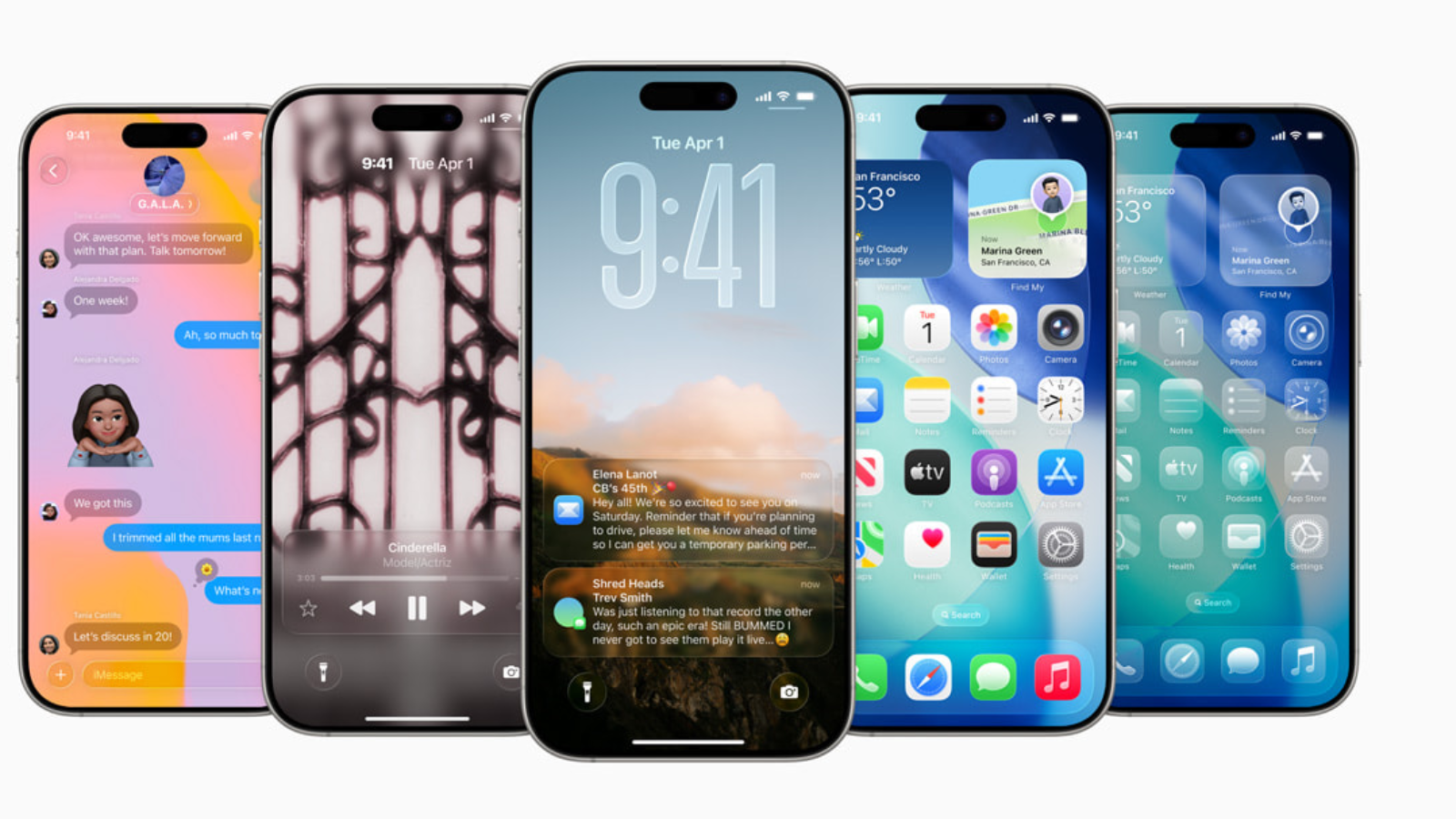Apple unveiled iOS 26 at its Worldwide Developers Conference (WWDC) on June 9, 2025, marking a significant leap in iPhone software design and functionality. Described as the most transformative update since iOS 7, iOS 26 introduces a new “Liquid Glass” aesthetic, deeper Apple Intelligence integration, and a host of features aimed at enhancing user experience. From a revamped interface to smarter apps, here’s everything we know about iOS 26, including its release timeline, key features, and supported devices.
Release Timeline
Apple has already rolled out the iOS 26 developer beta on June 9, 2025, allowing registered developers to test the new features. A public beta is expected to launch in mid-July 2025, giving non-developers a chance to try the update, though users are advised to back up their devices due to potential bugs. The stable version of iOS 26 is slated for release in mid-September 2025, likely coinciding with the iPhone 17 series launch. Historically, Apple releases new iOS versions a few days before new iPhone models hit stores, so expect the public rollout around September 15 or 16, 2025. This timeline aligns with Apple’s typical schedule, ensuring a polished experience by fall.
Key Features of iOS 26
A New Liquid Glass Design
The standout feature of iOS 26 is its “Liquid Glass” interface, a visual overhaul that introduces translucent, refractive surfaces across the system. This design, inspired by visionOS, affects app icons, menus, buttons, widgets, and the Control Center, creating a cohesive and immersive experience. The Lock Screen clock dynamically adjusts to fit wallpaper subjects, and a new 3D effect for “Spatial” backgrounds adds depth when tilting the device. Users can choose from Dark, Light, Tinted, or a new “Clear” theme to emphasize their wallpaper. However, concerns about readability on lighter elements have been raised, and performance on older devices remains to be tested.
Enhanced Apple Intelligence
Apple Intelligence powers many of iOS 26’s innovations, with a focus on privacy through on-device processing. Live Translation is a highlight, enabling real-time translation in Messages, Phone, and FaceTime for languages like English, Spanish, Japanese, and more, with additional languages like Danish and Swedish coming by year-end. The Phone app now features Call Screening, which answers unknown calls, asks for caller details, and presents a summary for users to decide whether to answer. Hold Assist notifies users when a live agent is available, sparing them from hold music. In Messages, users can create polls, set custom backgrounds with Image Playground, and filter spam into a dedicated folder. Apple Music introduces AutoMix for seamless song transitions, Lyrics Translation, and Pronunciation features, while Maps learns daily routes to suggest preferred paths and alert users to delays.
App Updates and Accessibility
iOS 26 revamps core apps like Camera, Photos, and Safari. The Camera app has a simplified layout, while Photos introduces Library and Collections tabs for better organization. Safari offers edge-to-edge browsing with a floating tab bar. A new Games app integrates App Store and Apple Arcade titles, and Wallet enhances boarding passes with Live Activities and airport navigation via Maps. Accessibility features include Braille Access for note-taking, Accessibility Nutritional Labels for app transparency, and Head Tracking for controlling the device with facial movements. Wi-Fi Aware supports peer-to-peer connections, and Captive Assist syncs public Wi-Fi login details across Apple devices.
Supported Devices
iOS 26 requires an Apple A13 Bionic processor or newer, dropping support for the iPhone XS, XS Max, and XR, which use the A12 Bionic chip. Compatible devices include the iPhone SE (2nd generation and later), iPhone 12, 13, 14, 15, 16, and the upcoming iPhone 17 series. Apple Intelligence features, however, are limited to devices with an A17 Pro processor or later, such as the iPhone 15 Pro, 15 Pro Max, and iPhone 16 series. Users with older devices like the iPhone 11 can still update but may miss out on AI-driven features. The update requires 6–8GB of free space, at least 50% battery, and a stable Wi-Fi connection.
Additional Notes
iOS 26 also introduces AI-powered battery optimization, analyzing usage patterns to conserve energy, and a Lock Screen indicator showing time to full charge. The Passwords app now tracks account changes, and passkeys are easier to create with Face ID or Touch ID. While the full Siri AI revamp is expected in 2026 or later, iOS 26 lays the groundwork for smarter interactions. Users can join the beta via Settings > General > Software Update > Beta Updates, but caution is advised due to potential instability.
iOS 26 promises to redefine the iPhone experience with its bold design and intelligent features, setting the stage for Apple’s vision of a unified ecosystem across its devices. Stay tuned for the public beta and final release to explore these enhancements firsthand.
